In 2010, I became a certified GYROTONIC® Trainer. I was also taking GYROKINESIS® classes during that time frame as it was a part of my dance curriculum at the LINES Ballet/ BFA program, however I chose the GYROTONIC® Method as my career backup. Over the years, while still practicing a bit at home and as a warmup before dance class, I began taking less and less GYROKINESIS® classes.
Only about a year ago, when I started working at Tranquility Pilates Centre, I began taking Gyrokinesis class with Trainer Allison which was held at the studio 11AM on Saturdays right after I was done teaching. Then I remembered that I really did miss it! Sparking my interest in the original stool and mat work version, I decided to go back to Gyrokinesis training.
I then began my pre-training and foundation course at Kings Cross Studios with Dylan Elmore. Now that I’m a Gyrotonic Apprentice, I love holding super cheap and accessible group classes for everyone. I’m definitely looking forward to teaching classes outdoors and just about anywhere!
Here are a few key reasons why I returned to GYROKINESIS® Method after teaching the GYROTONIC® Method for 6 years.
-
It’s the foundation of the GYROTONIC® method.
Before the Gyrotonic machine was even dreamed of, creator, Juliu Horvath investigated his own injury prevention technique that was originally called ‘Yoga for Dancers’, which quickly developed into what we know today as the GYROKINESIS® method. Classes are normally conducted without stopping and with continuous movement.
-
No machine required!
Beach, park, and home visits here we come. This means less exclusivity and more affordability.
As there aren’t a lot of Gyrotonic studios in London that offer Gyrotonic group equipment classes, I can finally get a taste of working with many different people and abilities at once with Gyrokinesis group classes. Not only is alignment important but so is the rhythm of the class. -
The diversity of a group class challenges my teaching style.
Teaching 1 to 1 is quite different from teaching a group class. Therefore I am challenged to slightly change my teaching style to adapt to many abilities at once. By doing so, I have learned to let the client continue move and find their own corrections as I have to guide them verbally.
-
I get to be more physical as a teacher.
Teaching a group class means that I can actually move and take class with my clients. As a student myself, I always admire watching the teacher explore the movements so I could get more of an idea and where I needed to improve. Being more physical also means I’m constantly practicing.
-
There’s a lot of fun, interesting sequences.
I also love floor work. It’s a place where you can not only test your strength and balance, but use gravity to prohibit using unnecessary muscles to get through movement. There’s also a lot of hip opening sequences, for example, that that are unlike any other exercise method. The abdominal work is also a beautiful killer.
-
Your body is the machine.
When you’ve trained on equipment for a while , the biggest challenge is how to give yourself the same feedback as what the machine gives. Gyrokinesis allows one to create push and pull within the body throughout. It’s wonderfully tough and gives the person a chance for a real breakthrough, physical and mentally.
Come and join me for my GYROKINESIS class from £5 at Tranquility Pilates Centre. Check out the schedule here.
My Favorite GYROKINESIS® Trainers in London:
Allison James
Saturdays, 11AM
Dylan Elmore
Wednesdays, 1:15PM & 6PM
Saturdays, 1PM
Elina Patrou
Wednesdays, 8PM
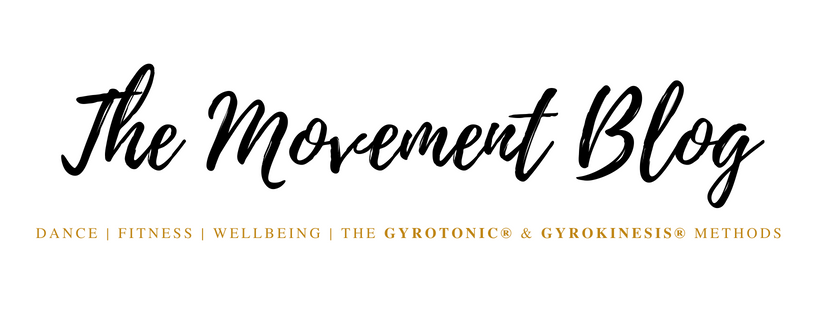
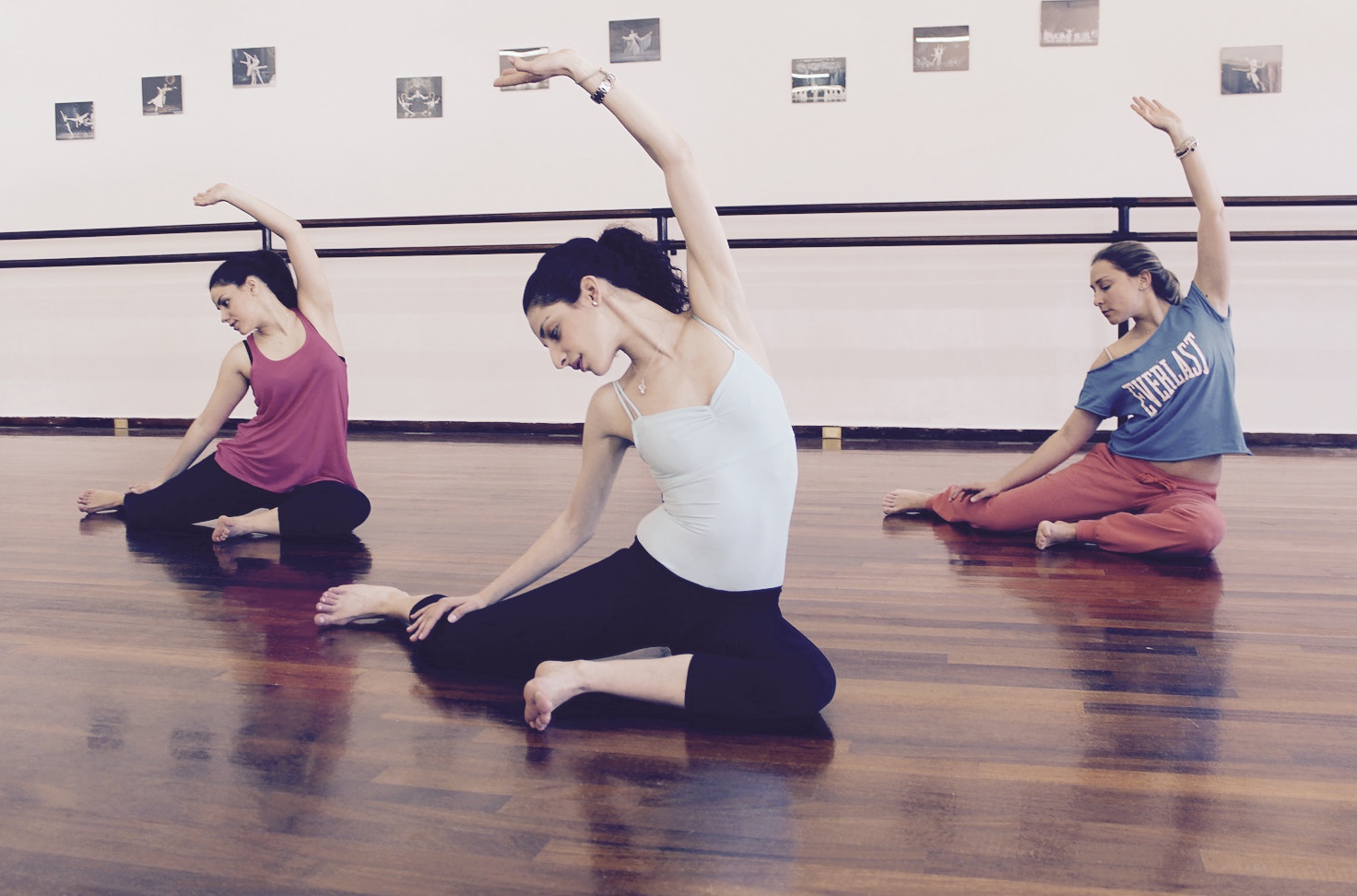
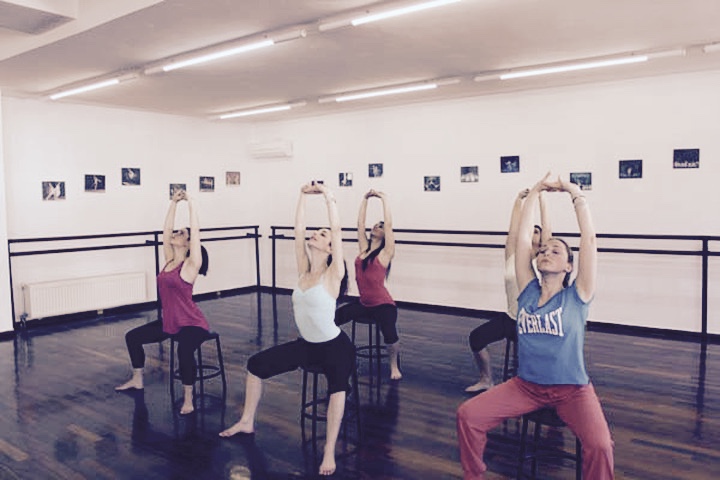
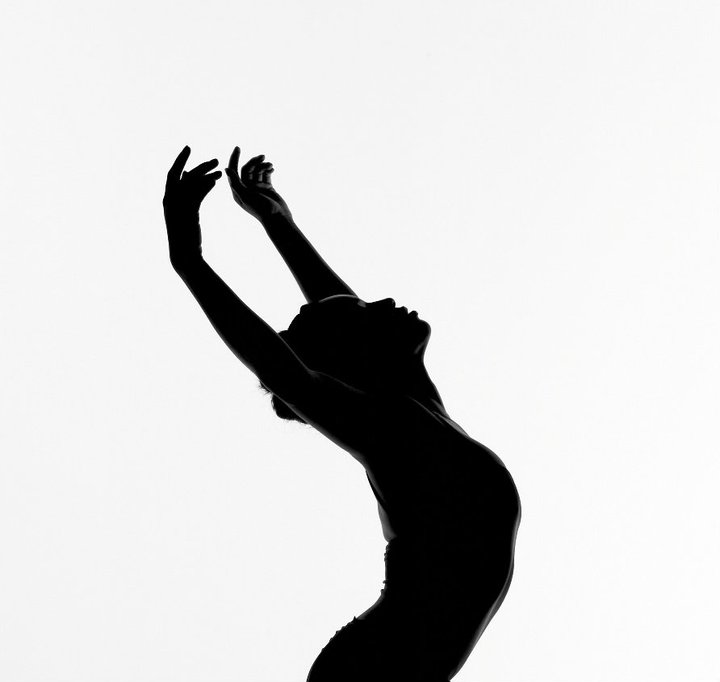
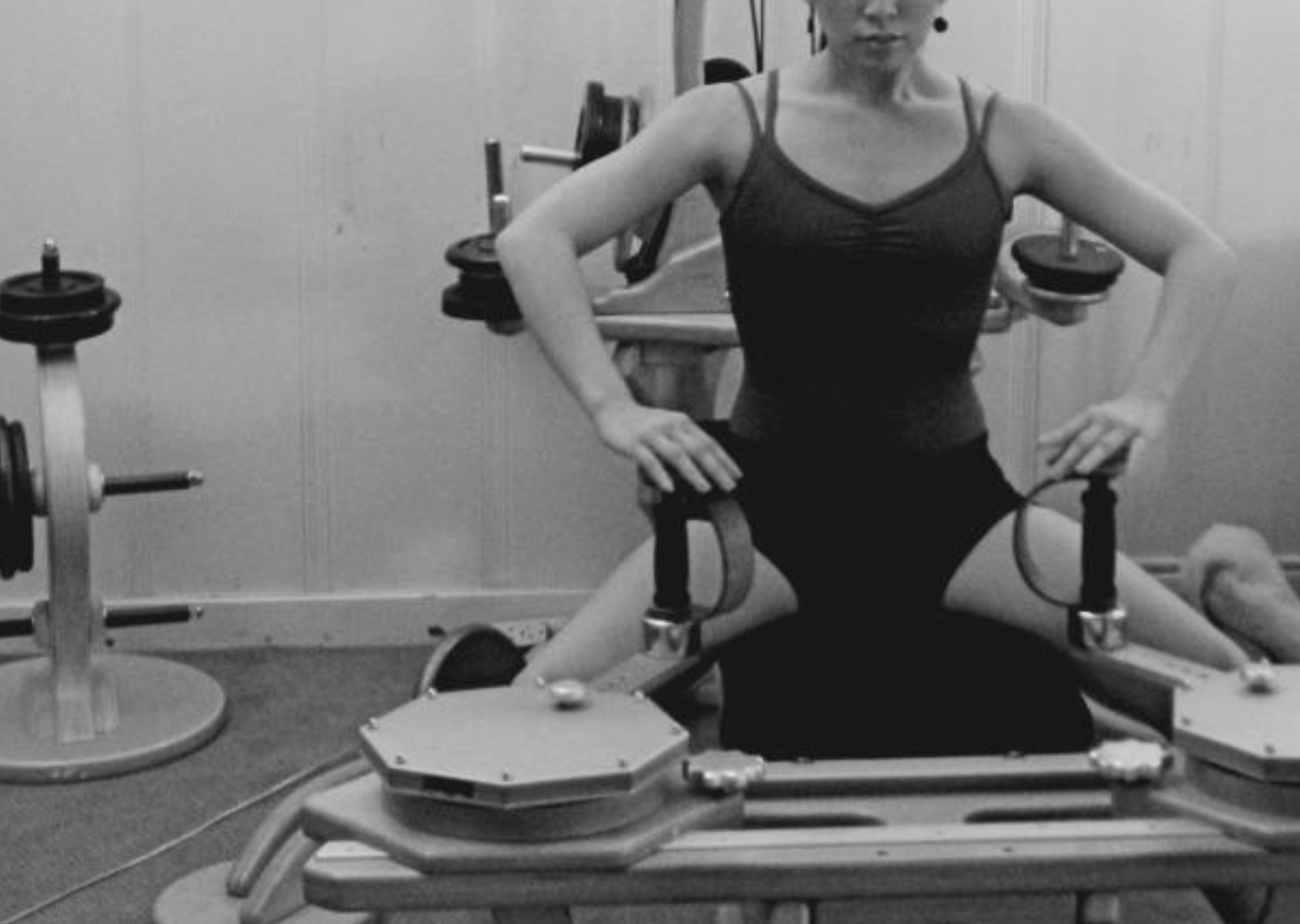
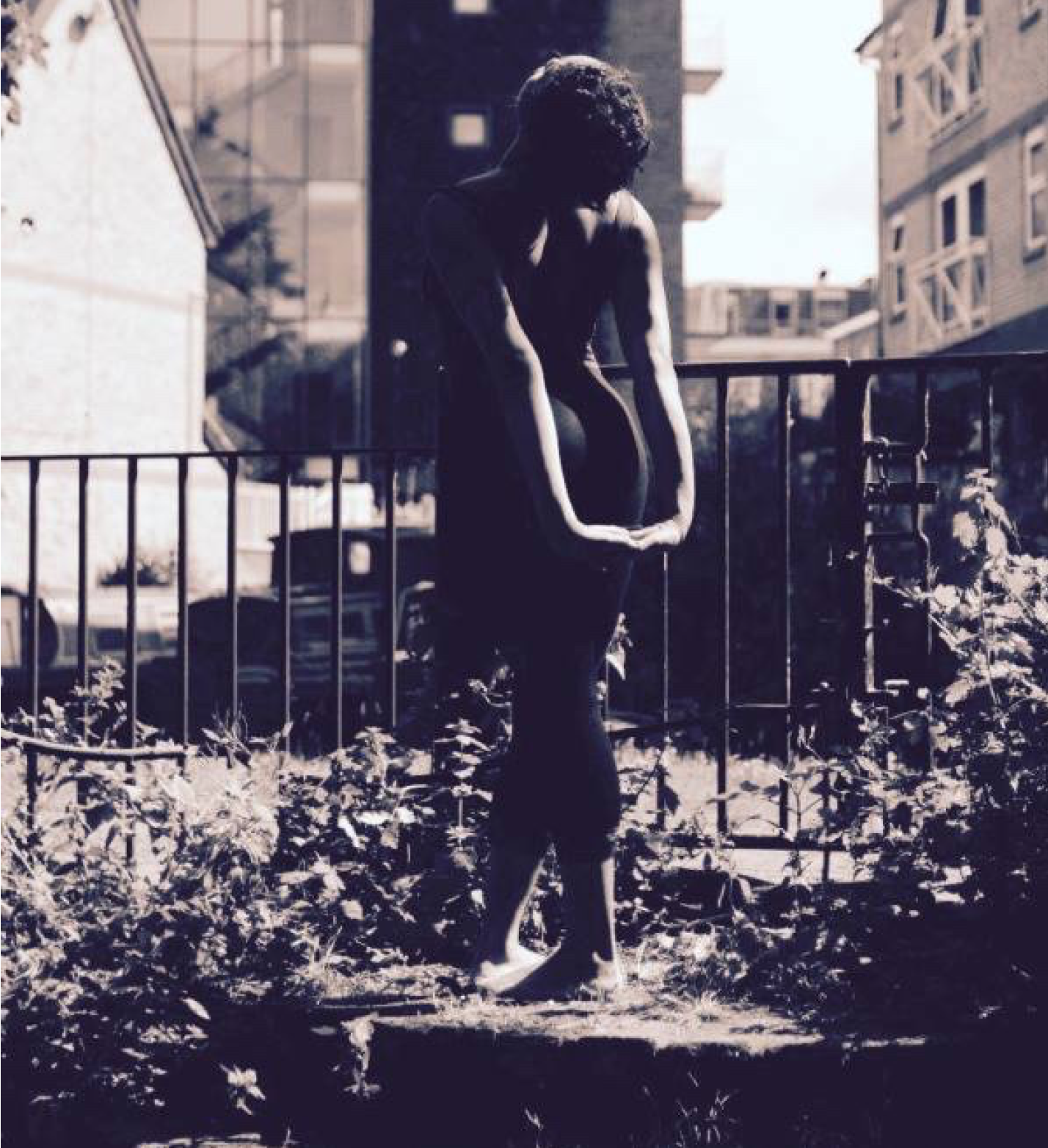
[…] Why I Chose to Train in the GYROKINESIS® Method […]